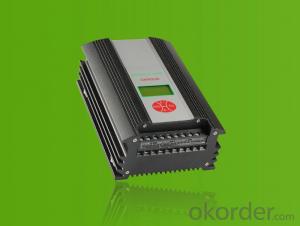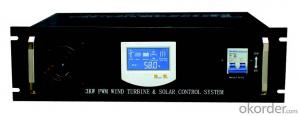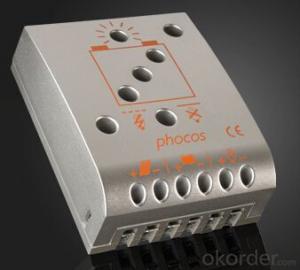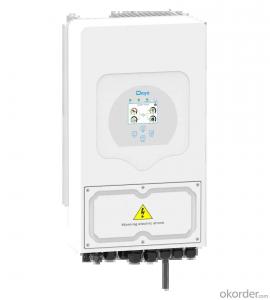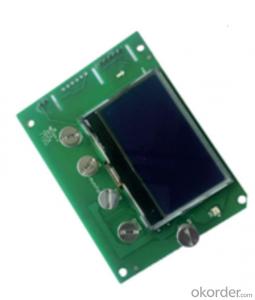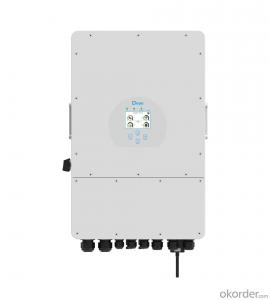Mpp Solar Hybrid Inverter
Mpp Solar Hybrid Inverter Related Searches
Mpp Solar Inverter Mpp Solar Power Inverter Mppt Solar Hybrid Inverter Mppt Hybrid Solar Inverter Mpp Solar Charger Inverter Mpp Solar Inverter Charger Mpp Solar 48v Inverter Mpp Solar Inverter 12v Mpp Solar Inverter 48v Mpp Solar Inverter Price Mppt Solar Inverter Mppt Solar Power Inverter Mppt Inverter Solar Mppt Solar Pump Inverter Mpp Solar Grid Tie Inverter Mpp Solar Inverter Manual Mpp Solar Inverter Problems Mppt Based Solar Inverter Microtek Mppt Solar Inverter Mppt Solar Inverter Charger Mppt Inverter For Solar System Dual Mppt Solar Inverter China Mppt Solar Inverter Hybrid Solar Power Inverter Mppt Solar Inverter 48v 12v Mppt Solar Inverter Inverter Solar Hybrid Best Mppt Solar Inverter Hybrid Solar Inverter Solar Hybrid InverterMpp Solar Hybrid Inverter Supplier & Manufacturer from China
Mpp Solar Hybrid Inverter is a cutting-edge product that combines the functionalities of both solar and hybrid power systems, providing a reliable and efficient energy solution for various applications. This advanced inverter is designed to optimize energy usage by managing the power flow between solar panels, batteries, and the grid, ensuring a seamless transition between different energy sources. The product's innovative technology makes it an ideal choice for residential, commercial, and industrial settings where energy efficiency and sustainability are of paramount importance.The Mpp Solar Hybrid Inverter is widely used in various scenarios, including off-grid systems, grid-tied systems, and backup power solutions. It is particularly beneficial in areas with fluctuating energy demands or limited access to traditional power sources, as it can store excess solar energy in batteries for use during periods of low sunlight or high energy consumption. This versatility allows users to harness the power of the sun while maintaining a stable and reliable energy supply, making it an essential component in the transition towards a more sustainable future.
Okorder.com is a leading wholesale supplier of Mpp Solar Hybrid Inverters, boasting a large inventory that caters to the diverse needs of customers worldwide. With a commitment to quality and customer satisfaction, Okorder.com ensures that each Mpp Solar Hybrid Inverter is manufactured to the highest standards and is backed by a strong warranty. By partnering with Okorder.com, customers can rest assured that they are receiving a top-quality product at a competitive price, making the transition to a more sustainable energy solution both accessible and affordable.
Hot Products


